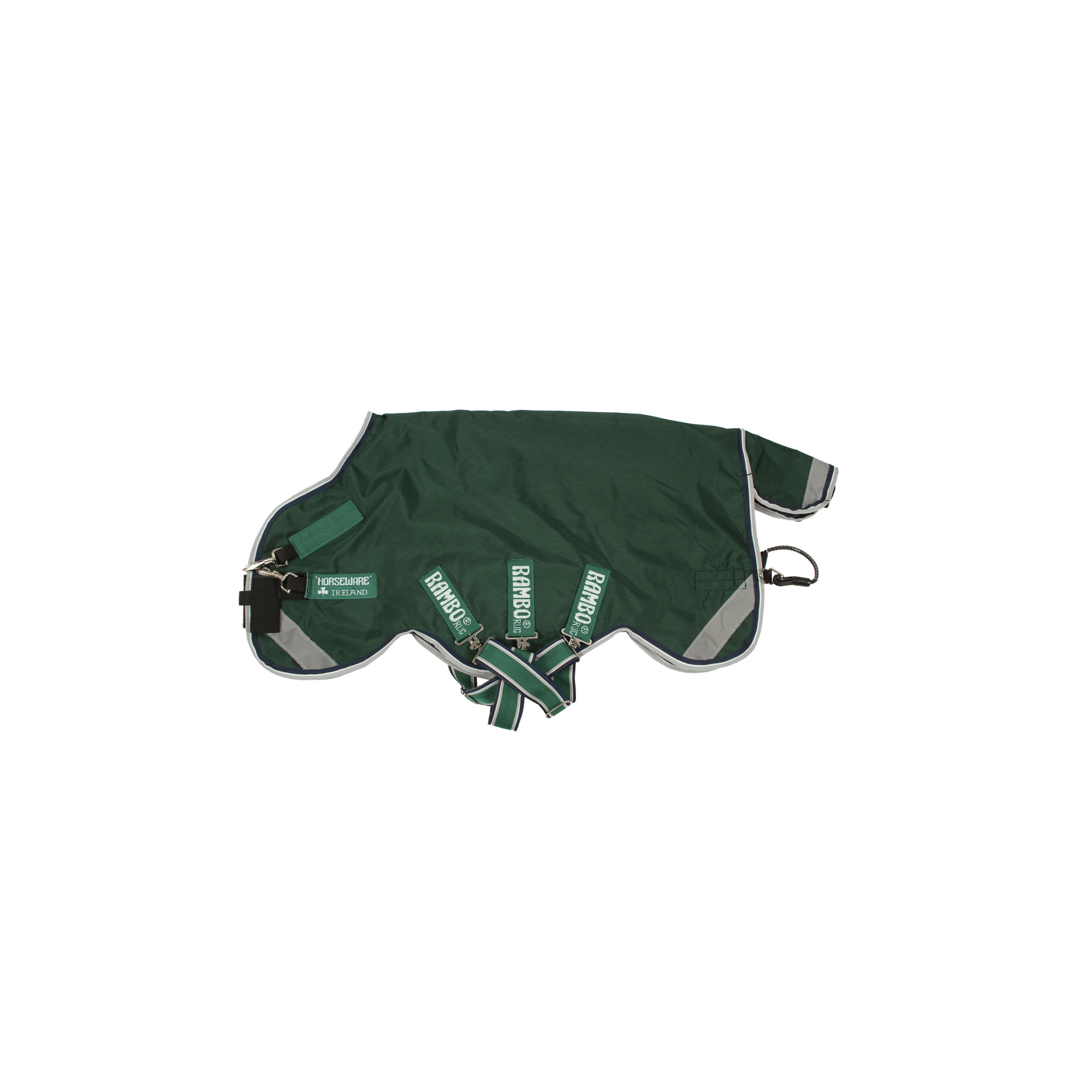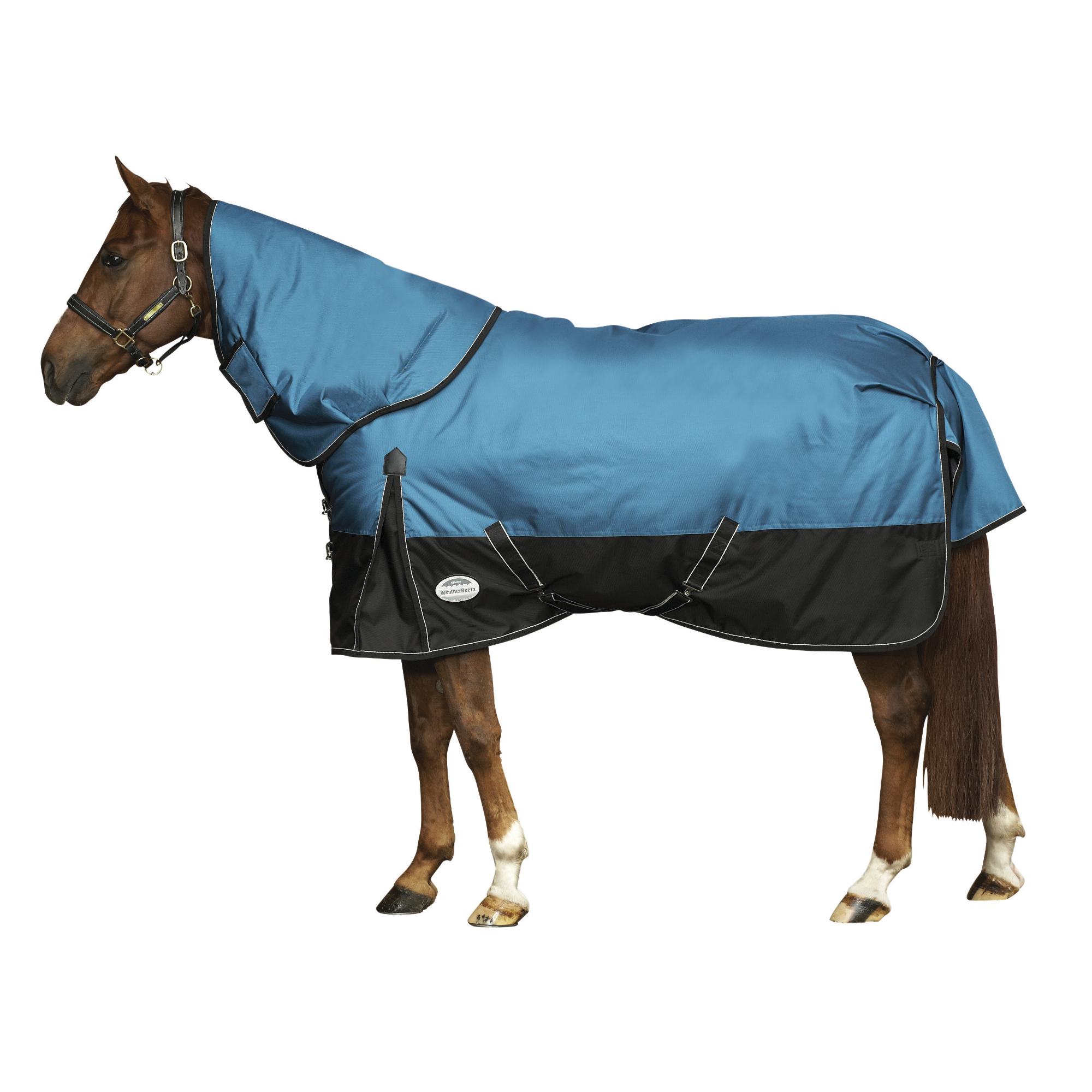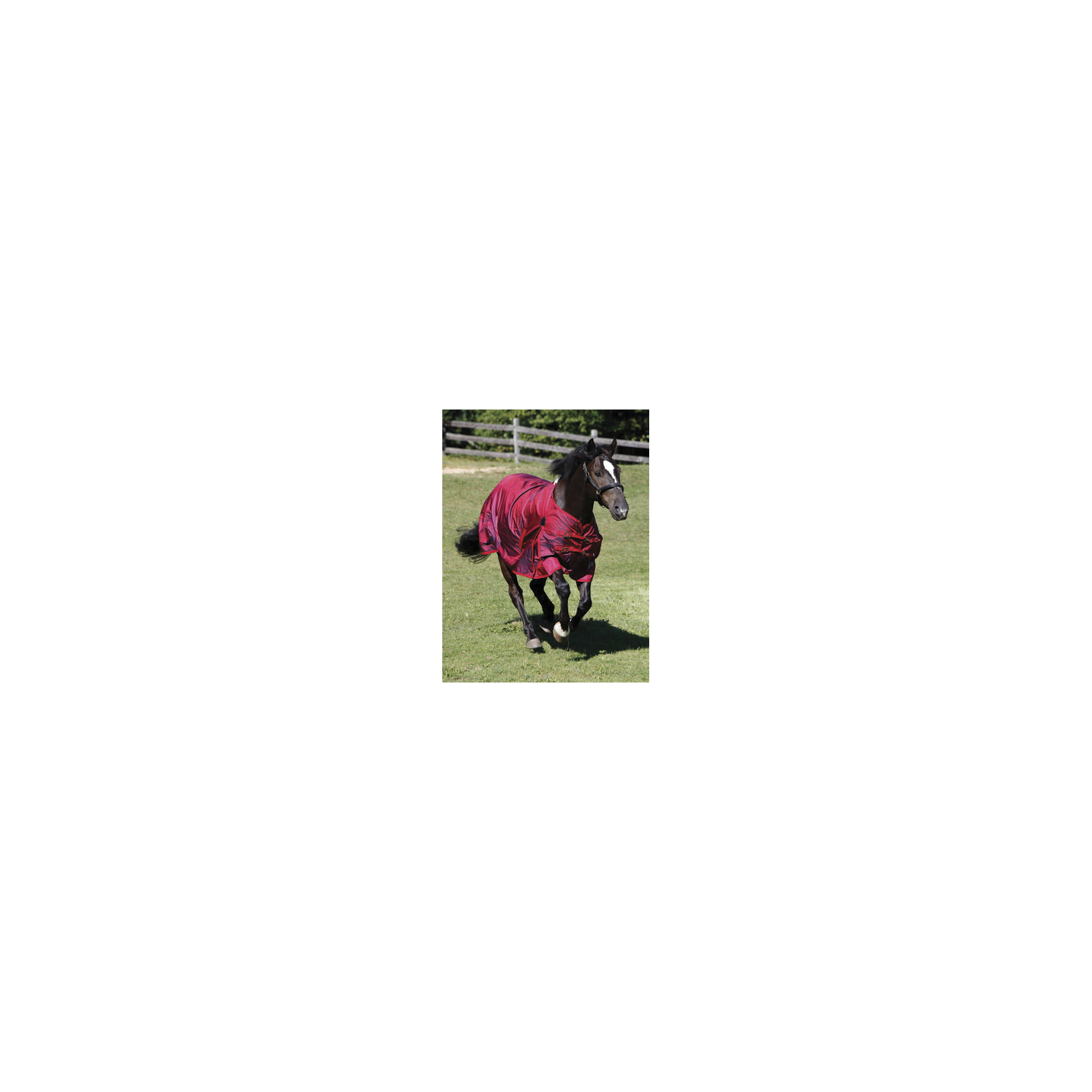Ask the Vet: Stable Behavior
By: Sallie S. Hyman, VMD, DACVIM, CVA
Inside or out? That is the million dollar question for many horse owners when it comes to choosing somewhere for their horse to live. We like to live in a nice house, so why shouldn’t our horses? Although most horses have learned to adapt to life in a stall, it is really not in their nature to live that way. The majority of horses will find the comforts of a stall pleasing and stress free, but for some, being confined can be the source of much stress and anxiety. Sometimes we have no choice when an injured horse requires stall rest or when adequate turn-out space is not available. By understanding equine behavior, we can help to reduce this stress and relieve some of the bad habits that can result from it.
All horses, whether at pasture or in a stall will exhibit similar maintenance behaviors. There behaviors include eating, drinking, urinating, defecating, resting, and grooming. A study presented by Dr. Sue McDonnell based on 24 hour surveillance video of mares in stalls showed the following behaviors and how much time was spent at each one:
Behavior Norms for Mature Horse Mares in Box or Tie-Stalls Per 24-hour sample
Major activity shifts
|
30- 110 activity shifts; average of 20-60 min per activity
|
Standing rest
|
10-30 episodes; 5-120 min per episode; 8-12 hours total
|
Recumbent rest
|
0-6 episodes; 10-80 min per episode; 0-6 hours total
|
Eating*
|
10-30 episodes; 5-120 min per episode; 4-12 hours total
|
Standing alert
|
10-30 episodes; 5-30 min per episode; 2-6 hours total
|
Drinking
|
2-8 bouts; 10-60 sec per bout; 1-3 min total duration
|
Urination
|
4-15 urinations
|
Defecation
|
4-15 defecations
|
*hay fed 2-3 times daily or with hay available continuously
Dr. McDonnell reports that these behaviors are also similar to what is observed in mares at pasture or even in wild horses. Geldings show similar patterns to the mares, with stallions and young horses showing slightly increased activity. Older horses show less activity, with more time spent at rest and eating
A very interesting observation that Dr. McDonnell has made in her years of behavior research is that horses in a stall will walk as many steps and make as many movements per day as a horse out at pasture. This applies even to horses in tie stalls.
Horses prefer to make all of these movements in the vicinity of other horses due to their social nature. They take cues form one other and develop social hierarchies. This applies even to stabled horses who may not share a paddock or a common stall wall. It seems as though horses just know who the boss is and they all respect that horse.
So that is what normal behavior in a typical horse is. Abnormal behavior, or what we commonly refer to as “stable vices” is the subject of many studies concerning equine welfare. What we once thought of as “bad” behavior may have its origins in improper dietary management or in the lack of appropriate equine social interactions. Most stable vices fall into the category of stereotypies. Stereotypies are defined by behaviorists as behaviors that are “repetitive and invariant with no obvious goal or function and can be indicative of a situation in which the animal lacks a certain degree of control over its environment.” (Mason, 1991) (Winskill et al, 1995). Estimates put the number of affected horses at somewhere between 15-25% of the population.
The most common stereotypies relate to either locomotion or oral fixations. The locomotor stereotypies include weaving and stall walking. Weaving is a repetitive side-to-side motion of the head, neck, and front limbs. Rarely, the horse will weave with its hind end. Stall walking is the circling or pattern tracing constant walking around the stall. The oral fixations include cribbing and wind-sucking. Cribbing involves the horse biting onto an object such as a fence, door, or bucket before engulfing air and making an audible grunt. In wind-sucking, no object is grasped.
These behaviors may be coping mechanisms used to decrease stress and not merely a means of getting attention or because a horse is bored. Several laboratories have shown that opiates are released during these behaviors and even when the stress is gone, many horses will seek the behavior for the reward of the opiate release. So why don’t all horses exhibit stereotypies when they are stressed. Just like in humans, different individuals have different means of coping. It has been found that there is likely a genetic component to the predisposition to developing a stereotypy, as the behaviors run in certain families of horses.
There are many devices and techniques used to try to prevent these behaviors in order to prevent damage to the premises (fences, doors), to prevent horses from tiring or injuring themselves, and as many horseman think, from teaching other horses the behaviors. At least in the last case, teaching other horses these behaviors, research has shown that horses do not learn these behaviors from other horses. With the recent discovery that stereotypies are coping mechanisms for stressors in a horse’s life, it is now questioned as to how humane it is to try to stop the behavior without first identifying and removing the stressors.
So what can you do to reduce the stress and help to decrease stereotypies in your horse?
If you horse is a cribber or wind-sucker, look to change your horse’s diet. Recent research has found that cribbing may help to increase alkaline salivation thereby decreasing the acidity in the stomach. By decreasing the concentrate in your horse’s diet, feeding more hay, and administering an antacid, you may decrease of eliminate the cribbing/wind-sucking behavior.
Stall weaving seems to result from the lack of social interaction with other horses. Research has found that placing a 3 ft x 3 ft safety mirror on the wall in a horse’s stall will dramatically reduce (as much as 97%) the amount of weaving that a horse does. The mirror provides a “friend” to your horse and calms his stress. The mirror also helped to decrease stall walking.
If you horse has to spend time in a stall, you can make some management changes to help reduce his stress, make his “in” time more enjoyable, and help to decrease the chance that he will develop any bad habits.
1. Give you horse a buddy. See if you can keep another horse in an adjacent stall to keep your horse company. If you cannot, consider getting a stall mirror. Make sure it is a safely mirror. Many equine stall mirrors are now available commercially.
2. Reduce the concentrate in your horses diet and increase the amount of hay he gets. Consider treating with an antacid as well.
3. Give you horse some means of entertainment, such as jolly balls, hanging toys, and hanging salt licks.
4. Allow you horse as much turnout with other horses around as possible (if medically permissible). Your horse doesn’t need to be in the same paddock as the other horses, just in adjacent ones if you are worried about injuries.
We are learning so much about equine behaviors every day. What used to label a horse as a “bad egg” has been shown to be a way to deal with stress. As we deal with these welfare issues and try to decrease the amount of stress our horses face, we will be able to decrease what we find to be undesirable behaviors.
Information in this article is for educational purposes only and is not a substitute for evaluation by an equine professional. In particular, all horse owners should seek advice from a veterinarian for their horses medical needs.








